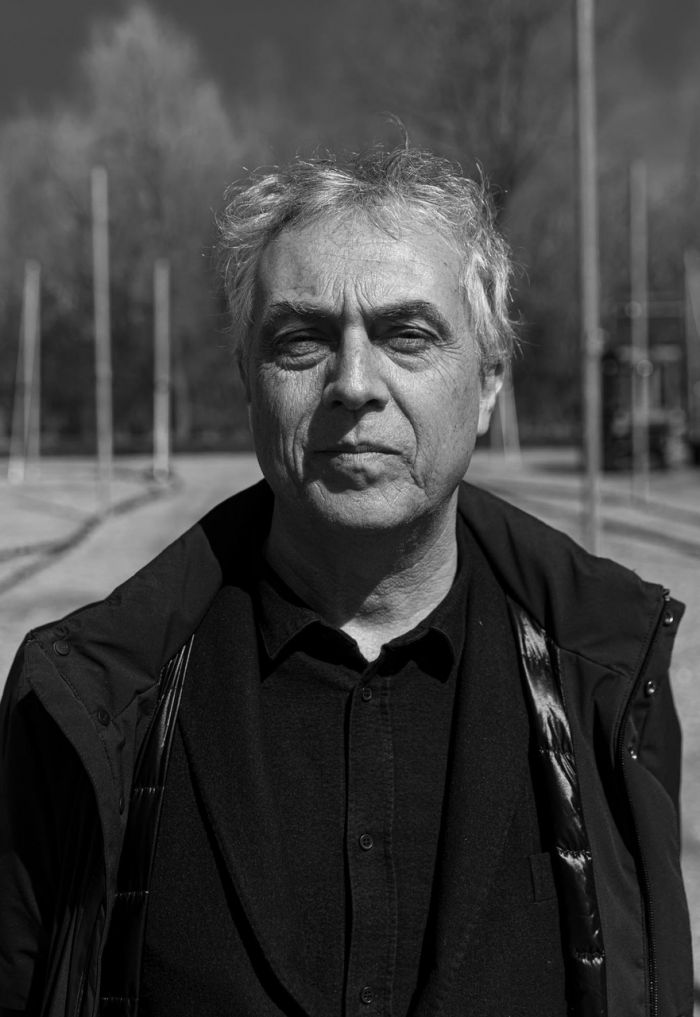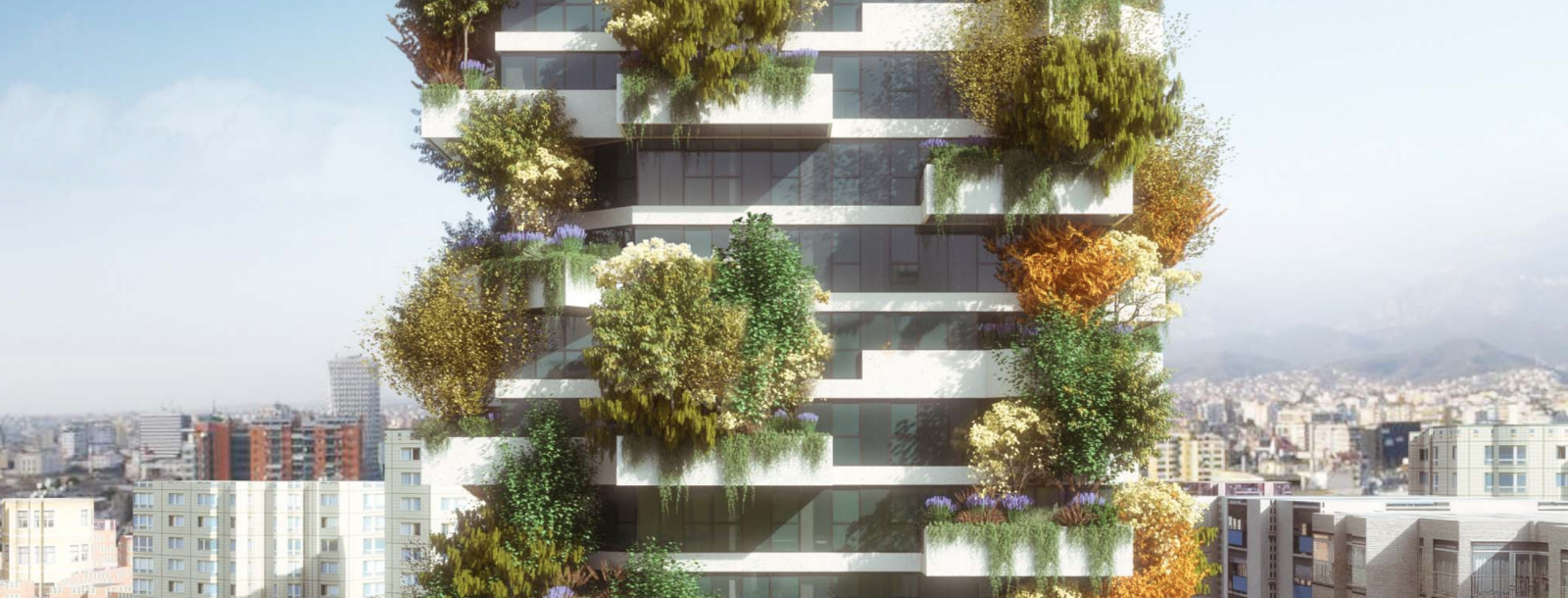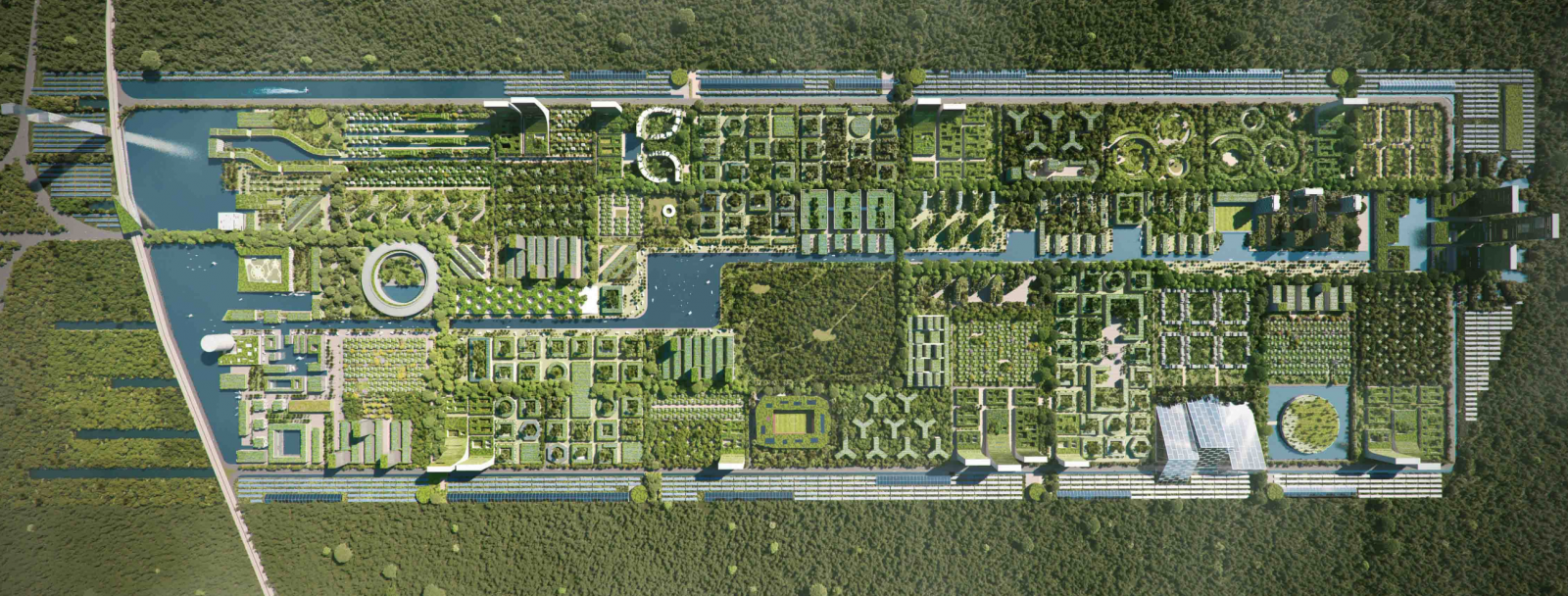trees
One of my most visionary predecessors is Friedrich Hundertwasser, an enigmatic painter from Vienna who started to make ecological architecture in the 1960s. I remember him coming to Milan in 1972 – I was sixteen. One of the most impressive projects I ever witnessed was the ‘7000 Oaks’ project by Joseph Beuys at Documenta 1982 in Kassel. Beuys succeeded in altering the landscape and living space of the town by planting trees on a large scale. The idea to use trees as a material to transform, condition and shape the city was something new. Amazing! This example was extremely important to me. Beuys will always be a genuine master to me.’




